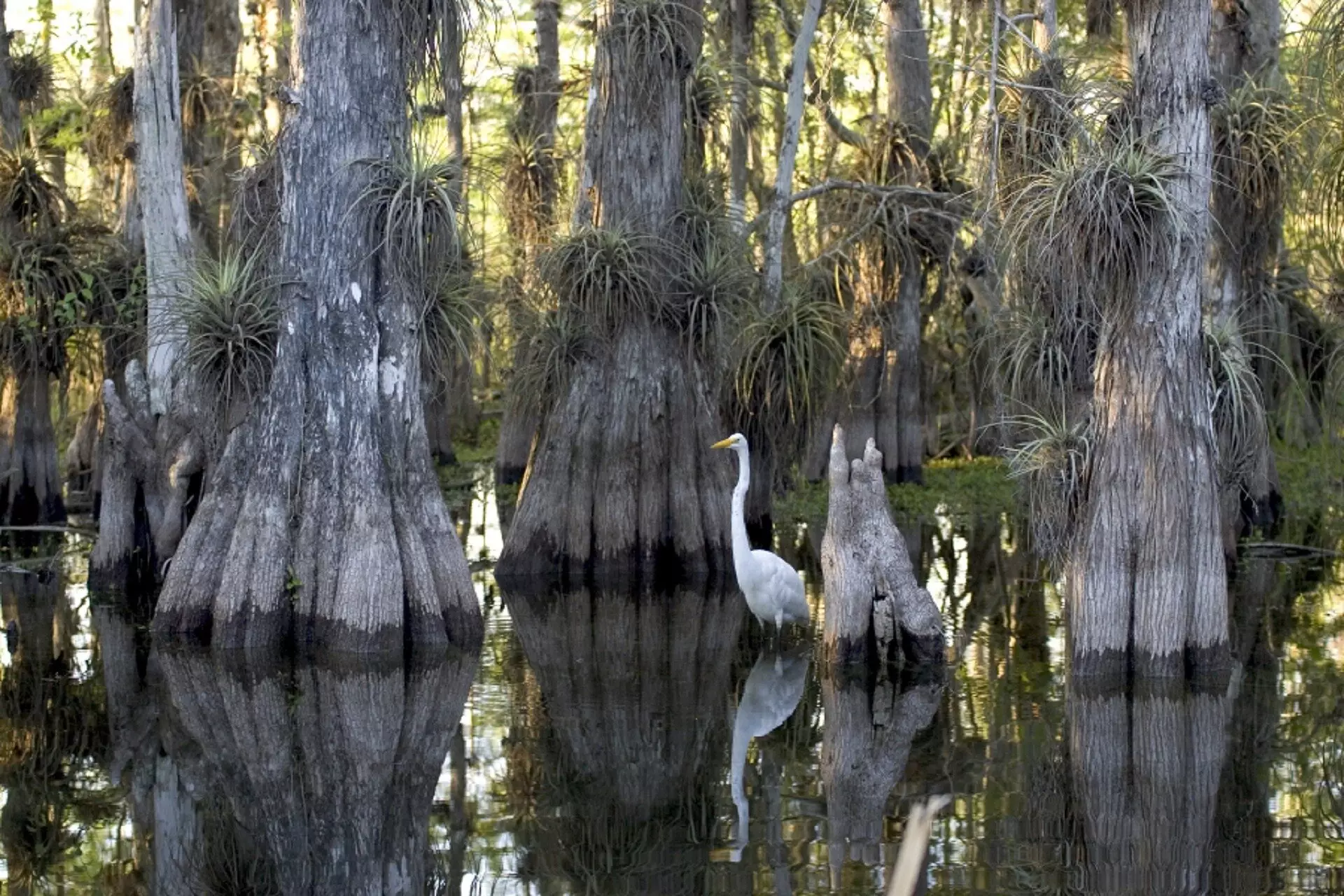The impact of climate change on our planet is undeniable, and one of the most significant consequences is the rise in sea levels. As global warming continues, the melting of ice contributes to the increasing levels of water in our oceans. This rise in sea surface levels poses numerous challenges, including flooding of coastal areas and the endangerment of low-lying islands. However, a recent study conducted by a team of environmental scientists at the University of Wollongong Faculty of Science Medicine and Health’s School of Earth, Atmospheric, and Life Sciences, in collaboration with the University of New South Wales, has uncovered a surprising finding – sea level rise is actually encouraging mangrove expansion on some islands of the Great Barrier Reef.
Mangrove forests are uniquely adapted to thrive in the coastal areas due to their ability to withstand the saline environment. However, the proximity to the sea that makes them suitable for growth also makes them vulnerable to rising sea levels. Typically, as sea levels rise, mangroves become flooded and eventually drown, leading to a decline in their population. This phenomenon has been observed in many regions across the globe. Nonetheless, the team of scientists in Australia has discovered an exception to this trend – mangrove forests growing on the Howick Islands.
The Howick Islands, a part of the Great Barrier Reef, stand apart from other islands due to their unique history. Approximately 12,000 years ago, as sea levels rose after the Last Glacier Maximum, coral reefs flourished in response to the changing climate. However, when sea levels receded 10,000 years later, these reefs died due to dehydration. This retreat left behind a mixture of salt, dead coral, and ocean sediment, creating the perfect conditions for mangroves to thrive. As sea levels rise again, it has become apparent that the mangroves on the Howick Islands are flourishing due to the improved conditions.
To assess the condition and growth of mangroves on the Howick Islands, the researchers employed a two-pronged approach. Firstly, they utilized drones to capture aerial imagery of the islands, providing a comprehensive overview of the mangrove forests. This method allowed them to study the extent and distribution of the mangroves. Secondly, the scientists physically explored the mangrove forests, wading through the water and measuring key characteristics of the trees, such as their height and diversity. By comparing these findings with data from a similar survey conducted in 1973, the researchers were able to determine the changes that have occurred over the past five decades.
The results of the study revealed that the mangrove forests on the Howick Islands have experienced notable growth over the past 50 years. The researchers estimate that the mangroves have increased by a staggering 10,000 metric tons, indicating a significant expansion in their population. Additionally, the forests have become much denser, implying a higher concentration of mangrove trees. This increase in mangrove density is considered beneficial, as mangroves play a crucial role in absorbing carbon dioxide from the atmosphere, thereby mitigating the effects of climate change.
While rising sea levels continue to pose a threat to coastal areas and low-lying islands worldwide, the unique conditions of the Howick Islands have resulted in a positive outcome – the expansion and growth of mangrove forests. This discovery highlights the intricate relationship between climate change, sea level rise, and the adaptability of various ecosystems. Furthermore, it emphasizes the importance of studying and understanding the complexities of our environment to develop effective conservation and mitigation strategies. As we strive to address the challenges posed by climate change, the resilience of mangroves on the Howick Islands serves as a reminder of nature’s ability to adapt and thrive in the face of adversity.



Leave a Reply